Researchers Develop Geometric Calibration Method for MLA-based Light Field Cameras using Line Features in RAW Images
 Calibration is an important part of light field photography: Image processing and image quality can be significantly improved when the physical properties of the camera are known. More specifically, geometric information about the microlenses in a microlens-array-based light field camera can help create more precise depth maps with fewer errors.
Calibration is an important part of light field photography: Image processing and image quality can be significantly improved when the physical properties of the camera are known. More specifically, geometric information about the microlenses in a microlens-array-based light field camera can help create more precise depth maps with fewer errors.
Yunsu Bok and colleagues from the Korean Advanced Institute of Science and Technology (KAIST) have devised a new method for geometric calibration which – in contrast to conventional methods – does not rely on processing sub-aperture images. Instead, they extract line features and compute a light field camera’s geometric parameters directly from RAW images.
According to the authors, the new calibration requires a smaller number of parameters than other methods, and results in more reliable disparity maps (i.e. fewer projection errors, fewer outliers). In the case of a Lytro Light Field Camera, calibration was possible with only 6 to 9 exposures.
The generation of more accurate sub-aperture images and improved metric 3D meshes from light field images are two possible applications of this research.
More information, including source code and datasets:
Bok Y, Hae-Gon J, In SK. 2014. Geometric Calibration of Micro-Lens-Based Light-Field Cameras Using Line Features. Computer Vision–ECCV 2014. Springer International Publishing, p. 47-61.

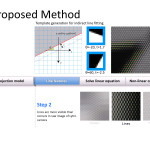
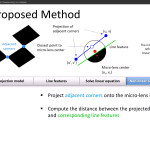
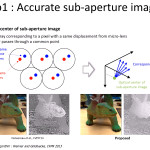
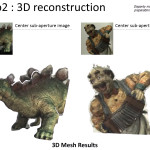
![Displays: Fundamentals and Applications [Free Ebook]](http://lightfield-forum.com/wordpress/wp-content/uploads/2015/08/cover-displays-fundamentals-and-applications-hainich-bimber.jpg)

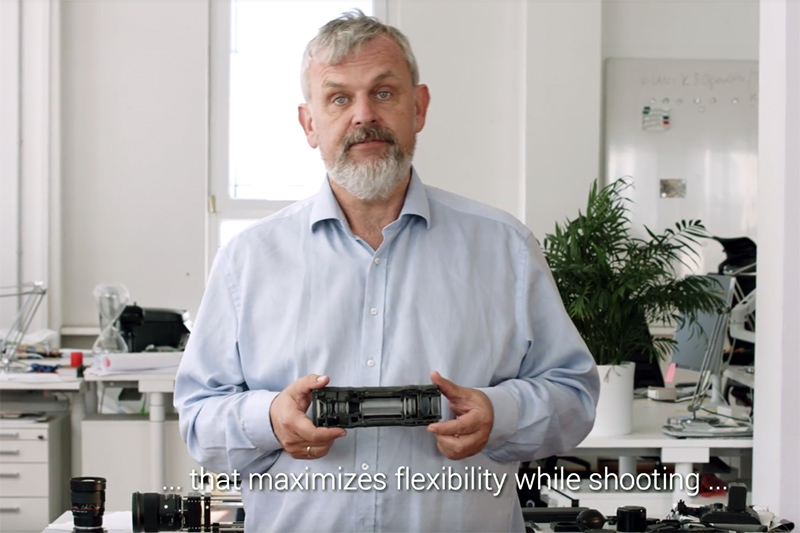





Hi, can I know how they got the white images? Thanks
That should be explained in the referenced paper.